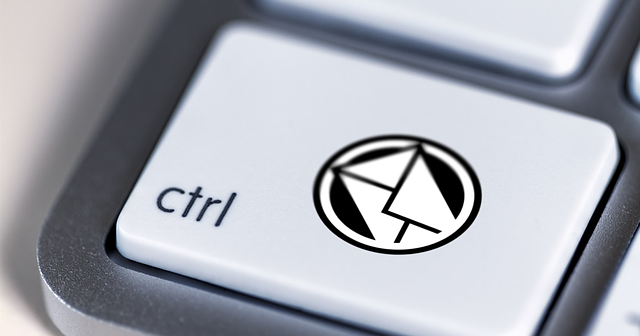The AI Balance Beam leverages AI and holographic tech for posture scoring in simulations, offering unprecedented accuracy and real-time feedback on balance and alignment. Ideal for athletes and rehab patients, this system provides detailed insights to enhance performance or recovery. Impacting sports science and physical therapy, its immersive methods transform training, ensuring consistent development of peak physical condition, particularly in gymnastics or dance.
“Smart holograms are transforming athletic training by showcasing functional movement patterns through dynamic, interactive visualizations. This article delves into the revolutionary impact of advanced technologies like the AI Balance Beam, which utilizes artificial intelligence for precise posture scoring, surpassing conventional methods. We explore simulations as a game-changing training tool, allowing athletes to safely hone their skills in a controlled environment. Furthermore, we discuss how holograms provide visual feedback, enhancing understanding and learning, ultimately revolutionizing athletic development.”
- AI Balance Beam: Revolutionizing Posture Analysis
- – Discuss the use of AI in balance beam posture scoring, highlighting its capabilities and advantages over traditional methods.
- Simulation as a Training Tool
AI Balance Beam: Revolutionizing Posture Analysis

The integration of AI and holographic technology has given rise to innovative tools for motion capture and analysis, one such example is the AI Balance Beam. This advanced system utilizes a combination of artificial intelligence and 3D projection to achieve unprecedented accuracy in posture scoring during simulations. By creating a digital beam that interacts with the subject’s movements, it provides a real-time assessment of balance and alignment.
The AI Balance Beam offers a new level of detail in understanding human movement, especially in training scenarios for athletes or rehab patients. It can detect subtle adjustments to body position, enabling personalized feedback to improve performance or recovery. This technology has the potential to revolutionize various fields, from sports science to physical therapy, by offering an immersive and dynamic way to study and enhance posture-related activities.
– Discuss the use of AI in balance beam posture scoring, highlighting its capabilities and advantages over traditional methods.

The integration of Artificial Intelligence (AI) in balance beam posture scoring has revolutionized the way gymnastics performances are evaluated, especially in simulation environments. Traditional scoring methods often rely on subjective human judgment, which can be inconsistent and biased. AI algorithms, however, offer a more precise and objective approach. By analyzing vast datasets of gymnastics movements, these algorithms learn to identify and classify different postures with high accuracy. This enables continuous and real-time feedback during training sessions, allowing gymnasts to instantly correct their form.
AI’s capability to process complex visual data at speeds unattainable by humans makes it a powerful tool in sports performance enhancement. It can detect subtle variations in body positioning, ensuring that every aspect of the gymnast’s posture is evaluated accurately. This level of detail provides coaches and athletes with valuable insights, facilitating more targeted training programs and ultimately leading to improved athletic outcomes.
Simulation as a Training Tool

In the realm of athletic training, simulations are emerging as a powerful tool to enhance performance and refine skills. By leveraging AI-powered virtual environments, athletes can practice intricate movement patterns in a safe and controlled setting. This technology allows for precise analysis of their techniques, including posture and balance beam positioning, through advanced scoring systems. With real-time feedback, trainees can swiftly adapt their approaches, making simulation an invaluable asset for improving athletic prowess.
The AI-driven simulations offer a dynamic training experience by mimicking various scenarios, enabling athletes to prepare for competitive challenges. This method is especially beneficial for disciplines that demand intricate body control, such as gymnastics or dance. Through constant practice in simulated environments, athletes can develop consistent performance patterns, ensuring peak physical condition when it matters most.
Smart holograms and AI-driven simulations are transforming how we analyze and train for various physical activities, especially in posture control. The AI balance beam posture scoring system offers a more nuanced understanding of movement patterns compared to traditional methods. By leveraging simulation as a training tool, athletes and professionals can benefit from enhanced performance feedback, improved learning curves, and personalized coaching. This technology promises to revolutionize not only sports training but also rehabilitation and human-computer interaction, paving the way for more efficient and effective physical development.
